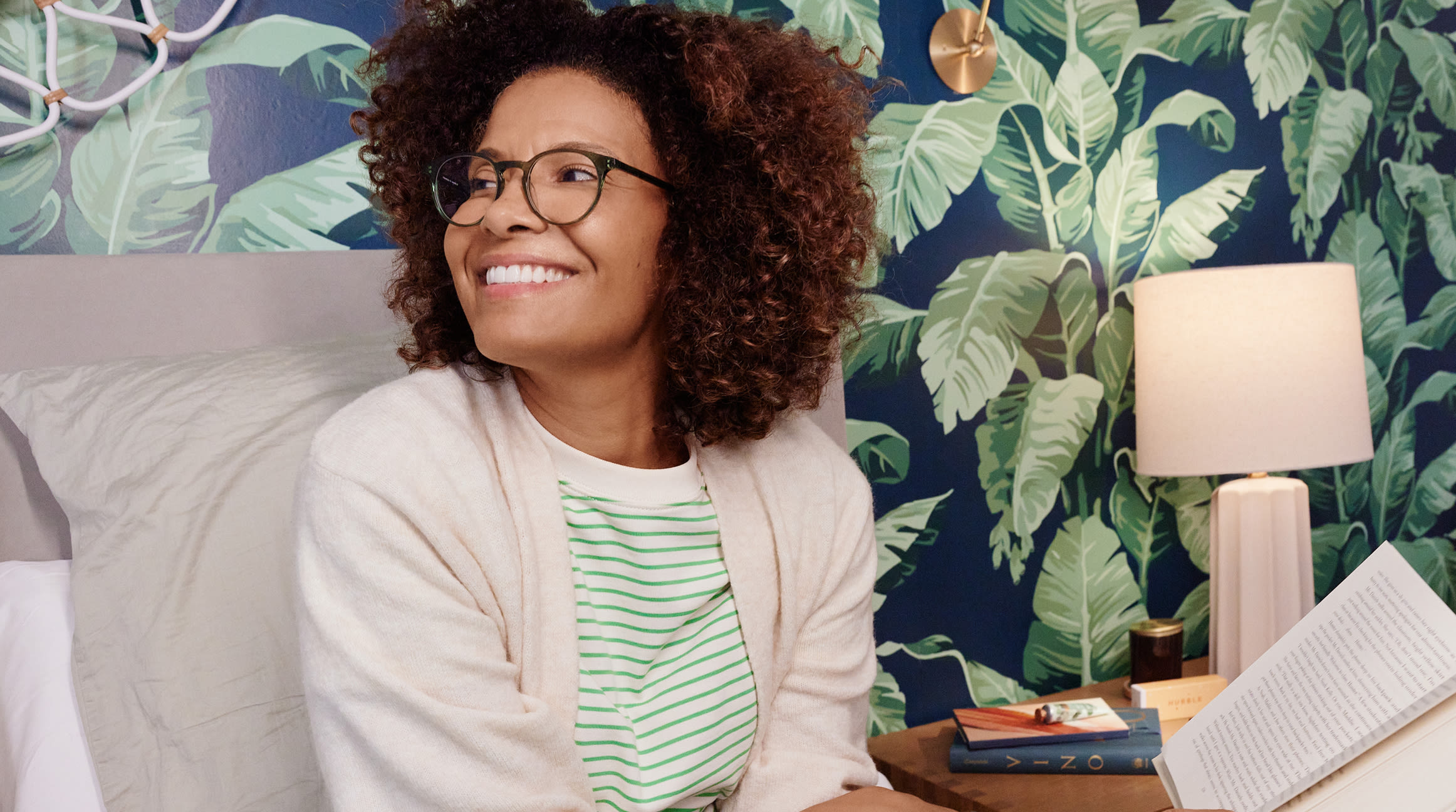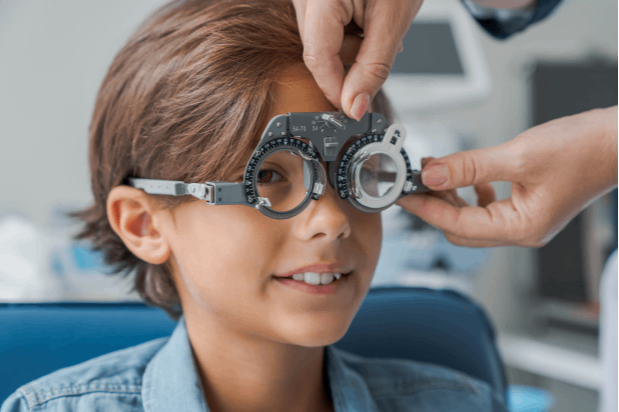All Categories
Featured
Low vision, a problem where standard glasses, get in touch with lenses, or surgery can not completely bring back view, can make day-to-day activities challenging. Low vision recovery provides a variety of sources to help people keep their independence and quality of life. This article explores the options offered for those looking for support in managing their aesthetic disabilities.
What Is Reduced Vision Rehab?
Reduced vision recovery is an organized technique to help individuals optimize their remaining vision and adapt to brand-new methods of carrying out everyday tasks. Specialists collaborate with clients to establish personalized approaches, integrating tools, techniques, and training programs that suit their distinct demands.
![]()
Trick Options for Reduced Vision Recovery
Vision Enhancing Gadget
Optical Aids: Gadget like magnifiers, telescopic glasses, and unique analysis lenses can improve quality for reading, writing, and other close-up tasks.
Electronic Aesthetic Aids: Devices such as electronic magnifiers and portable video magnifiers give adjustable zoom abilities for numerous tasks.
Wearable Technology: Smart glasses equipped with cams and voice comments deal advanced services for boosting vision.
![]()
Assistive Modern Technology
Screen visitors, text-to-speech applications, and tools with voice commands make technology available for people with reduced vision.
Smart device applications, such as navigating help and things acknowledgment tools, help individuals interact with their surroundings better.
Training and Treatment
Orientation and Movement Training: Experts teach abilities for navigating areas securely, consisting of the usage of white canes or overview pet dogs.
Daily Living Abilities Educating: Rehab programs supply strategies for cooking, cleaning, and personal treatment, making certain that people can do essential tasks separately.
Visual Skills Educating: Workouts made to maximize the usage of continuing to be field of vision can improve aesthetic functionality.
Environmental Adjustments
Adjustments to living or offices can substantially enhance accessibility. Examples include:
Mounting brighter illumination.
Adding high-contrast markings to devices.
Preparing furnishings to create clear pathways.
Support Networks
Psychological and emotional support is a critical part of rehab. Support system, treatment sessions, and therapy services can aid individuals deal with the obstacles of vision loss.
![]()
Peer networks link individuals with similar experiences, promoting a feeling of community and shared understanding.
Exactly How to Access Low Vision Rehabilitation Provider
Reduced vision rehabilitation solutions are often given by:
Reduced Vision Clinics: Operated by ophthalmologists and optometrists specializing in vision disabilities.
Physical Therapists: Specialists in adjusting jobs and environments to fit specific requirements.
Not-for-profit Organizations: Teams such as the American Foundation for the Blind (AFB) or local blindness support organizations supply valuable resources and referrals.
Conclusion
Low vision rehabilitation gives an array of sources tailored to enhance performance, increase confidence, and enhance quality of life. If you or a loved one is dealing with the obstacles of low vision, think about reaching out to a professional or recovery center to discover the many alternatives available.
What Is Reduced Vision Rehab?
Reduced vision recovery is an organized technique to help individuals optimize their remaining vision and adapt to brand-new methods of carrying out everyday tasks. Specialists collaborate with clients to establish personalized approaches, integrating tools, techniques, and training programs that suit their distinct demands.

Trick Options for Reduced Vision Recovery
Vision Enhancing Gadget
Optical Aids: Gadget like magnifiers, telescopic glasses, and unique analysis lenses can improve quality for reading, writing, and other close-up tasks.
Electronic Aesthetic Aids: Devices such as electronic magnifiers and portable video magnifiers give adjustable zoom abilities for numerous tasks.
Wearable Technology: Smart glasses equipped with cams and voice comments deal advanced services for boosting vision.

Assistive Modern Technology
Screen visitors, text-to-speech applications, and tools with voice commands make technology available for people with reduced vision.
Smart device applications, such as navigating help and things acknowledgment tools, help individuals interact with their surroundings better.
Training and Treatment
Orientation and Movement Training: Experts teach abilities for navigating areas securely, consisting of the usage of white canes or overview pet dogs.
Daily Living Abilities Educating: Rehab programs supply strategies for cooking, cleaning, and personal treatment, making certain that people can do essential tasks separately.
Visual Skills Educating: Workouts made to maximize the usage of continuing to be field of vision can improve aesthetic functionality.
Environmental Adjustments
Adjustments to living or offices can substantially enhance accessibility. Examples include:
Mounting brighter illumination.
Adding high-contrast markings to devices.
Preparing furnishings to create clear pathways.
Support Networks
Psychological and emotional support is a critical part of rehab. Support system, treatment sessions, and therapy services can aid individuals deal with the obstacles of vision loss.

Peer networks link individuals with similar experiences, promoting a feeling of community and shared understanding.
Exactly How to Access Low Vision Rehabilitation Provider
Reduced vision rehabilitation solutions are often given by:
Reduced Vision Clinics: Operated by ophthalmologists and optometrists specializing in vision disabilities.
Physical Therapists: Specialists in adjusting jobs and environments to fit specific requirements.
Not-for-profit Organizations: Teams such as the American Foundation for the Blind (AFB) or local blindness support organizations supply valuable resources and referrals.
Conclusion
Low vision rehabilitation gives an array of sources tailored to enhance performance, increase confidence, and enhance quality of life. If you or a loved one is dealing with the obstacles of low vision, think about reaching out to a professional or recovery center to discover the many alternatives available.
Latest Posts
Safeguard Your Financial Investment with Professional Seamless Gutter Installation
Published May 25, 25
1 min read
Explore the Premier Auto Repair Coupons in Montclare, Chicago
Published May 22, 25
1 min read
Discover Montclare Auto Repair’s Premier Auto Repairs and Why Drivers Trust Them
Published May 22, 25
1 min read
More
Latest Posts
Safeguard Your Financial Investment with Professional Seamless Gutter Installation
Published May 25, 25
1 min read
Explore the Premier Auto Repair Coupons in Montclare, Chicago
Published May 22, 25
1 min read
Discover Montclare Auto Repair’s Premier Auto Repairs and Why Drivers Trust Them
Published May 22, 25
1 min read